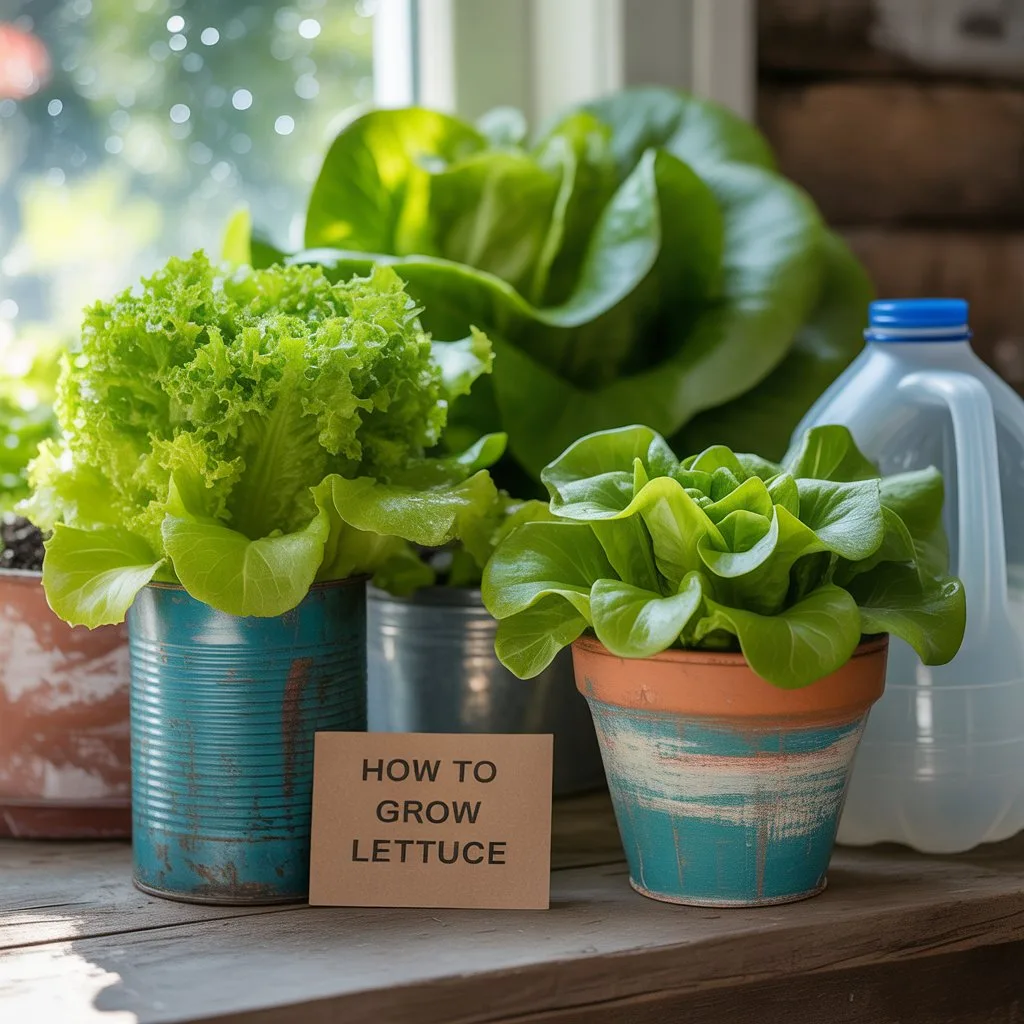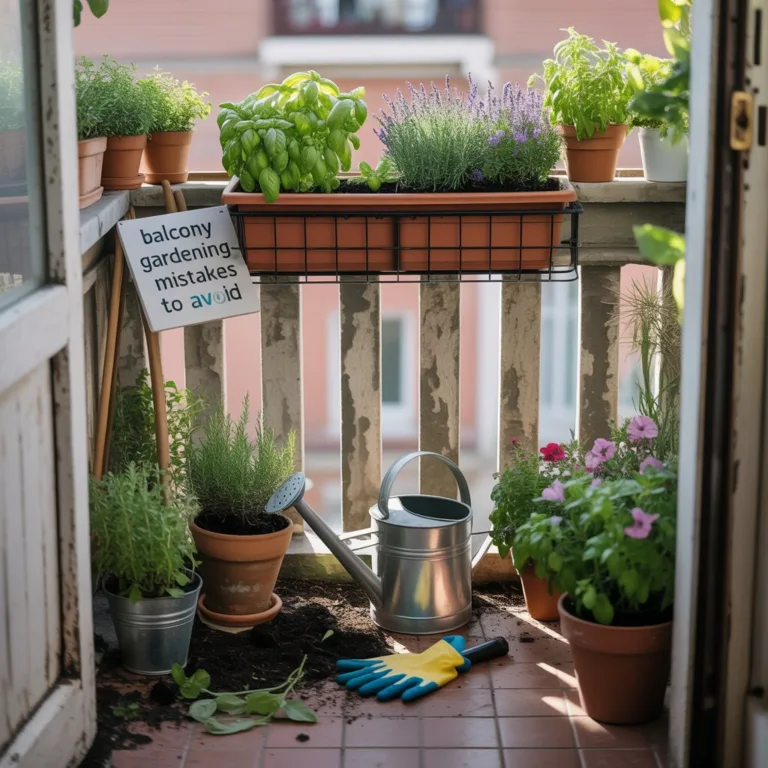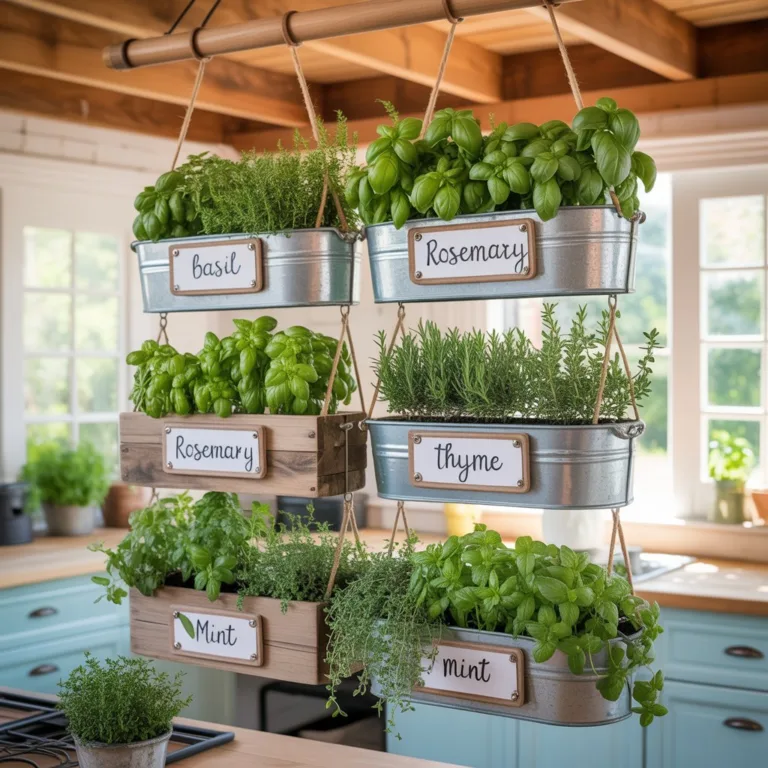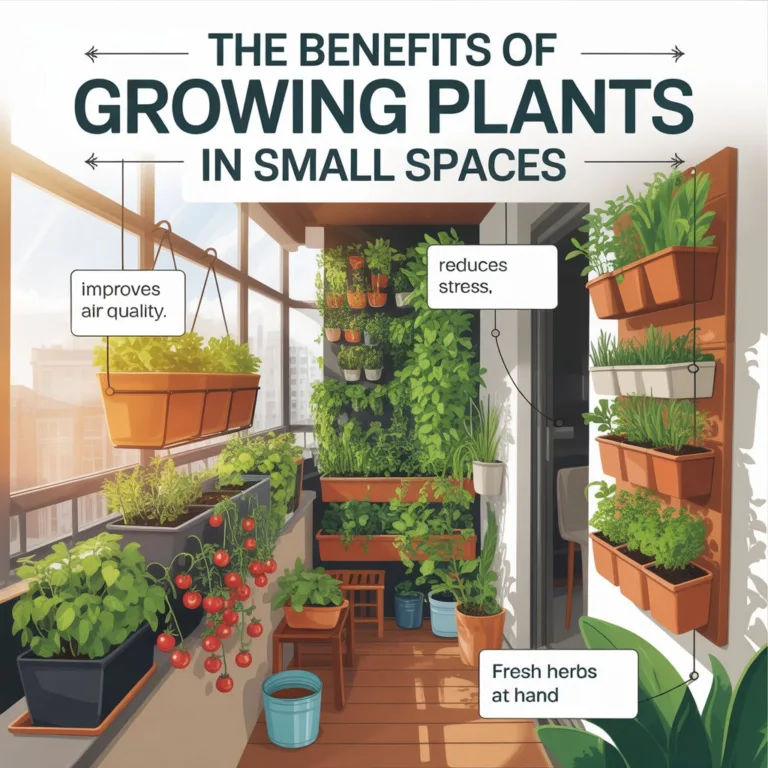Growing your own lettuce doesn’t require a large garden or expensive equipment. With a bit of creativity, you can cultivate fresh, crisp greens right at home using items you already have. Learning how to grow lettuce in recycled containers is an eco-friendly, space-saving way to enjoy organic food while reducing waste. It’s simple enough for beginners yet rewarding enough for experienced gardeners who want to make their practices more sustainable.

This project combines two powerful ideas: urban gardening and recycling. By repurposing containers that would otherwise end up in landfills, such as plastic bottles, yogurt cups, or old buckets, you create a circular, eco-conscious growing system. Lettuce, with its fast-growing nature and shallow roots, thrives in these unconventional pots. Whether you live in an apartment, have a balcony, or manage a small backyard, this is a perfect way to turn discarded materials into thriving green life.
Why Growing Lettuce in Recycled Containers Is a Sustainable Choice
The world discards millions of plastic containers every day, many of which take centuries to decompose. By learning how to grow lettuce in recycled containers, you help give these materials a second life while cutting down on waste. This practice not only conserves natural resources but also teaches environmental responsibility — especially valuable when shared with children or community groups.
Lettuce is an ideal crop for this method because it grows quickly, requires minimal soil depth, and can adapt to different conditions. You can harvest leaves multiple times from the same plant, making it a renewable food source. Additionally, recycled containers are often lightweight and portable, allowing you to move your mini-garden easily to catch more sunlight or avoid harsh weather.
This approach also reduces the need for expensive pots, seed trays, or gardening kits. It proves that sustainability doesn’t have to be costly — it’s about creativity and mindful choices.
Choosing the Right Recycled Containers
Almost any container can be repurposed for growing lettuce, as long as it’s clean, safe, and has proper drainage. The goal is to provide enough space for the lettuce roots while ensuring air and water circulation.
Recommended Containers:
- Plastic bottles (2-liter soda bottles): Cut them horizontally or vertically to create small planters.
- Yogurt or margarine tubs: Ideal for single plants or seedlings.
- Old buckets or paint cans: Perfect for growing multiple heads of lettuce.
- Wooden boxes or crates: Add a rustic look to your balcony or patio garden.
- Egg cartons: Great for germinating seeds before transplanting.
Tips for Preparation:
- Wash the containers thoroughly to remove residue or chemicals.
- Puncture several small holes at the bottom for drainage.
- Line the base with small stones or gravel to prevent waterlogging.
- If the container is transparent, wrap it in paper or paint it to block sunlight from reaching the roots — excessive light can promote algae growth.
By upcycling materials like these, you create a functional growing system while keeping plastic and other non-biodegradable items out of the environment.
Selecting the Best Type of Lettuce for Container Gardening
Lettuce varieties differ in shape, texture, and growth patterns. When you’re learning how to grow lettuce in recycled containers, choosing the right type ensures success in limited space.
Recommended Varieties for Containers:
- Loose-leaf lettuce (Lactuca sativa var. crispa): Grows quickly and can be harvested gradually by cutting outer leaves.
- Butterhead (Bibb or Boston): Compact size and tender leaves make it perfect for smaller containers.
- Romaine (Cos): Slightly taller but still manageable in deeper pots.
- Oakleaf: Decorative and flavorful, with excellent regrowth potential.
Loose-leaf types are often the easiest for beginners because they require minimal maintenance and yield continuously throughout the season.
Creating the Perfect Growing Environment
Lettuce thrives in cool temperatures and moist, well-drained soil. Repurposed containers make it easier to control these conditions.
Soil Mixture
Lettuce prefers loose, fertile soil with good drainage. Since recycled containers can trap excess moisture, use a light potting mix rather than dense garden soil. Combine the following ingredients for an ideal mix:
- 50% organic compost
- 30% coconut coir or peat moss
- 20% perlite, vermiculite, or sand
This blend retains moisture while allowing air to reach the roots. You can make your compost at home using kitchen scraps and yard waste — another great sustainable practice.
Light and Temperature
Lettuce grows best in partial sunlight. About 4–6 hours of light per day is sufficient. Too much direct heat can cause leaves to wilt or become bitter, so place your containers in a bright but shaded area during the hottest parts of the day.
If you live in a hot climate, consider growing lettuce during cooler seasons or providing shade using mesh fabric or old window screens.
Watering Needs
Consistent moisture is essential, but overwatering can lead to root rot. Water lightly every day or when the top inch of soil feels dry. Since recycled containers vary in material and thickness, monitor how quickly they dry out. Plastic containers, for instance, retain moisture longer than metal or terracotta ones.
Planting Lettuce in Recycled Containers
Once your containers and soil are ready, you can plant lettuce directly from seeds or seedlings.
From Seeds
- Fill your container with moist soil, leaving about 2 cm (1 inch) of space from the rim.
- Scatter seeds evenly across the surface and lightly cover them with a thin layer of soil.
- Mist the soil gently to avoid washing the seeds away.
Germination usually occurs within 5–10 days. Keep the soil moist and place the container in a spot with bright indirect light.
From Seedlings
If you’re transplanting small lettuce plants, make holes deep enough to cover the roots without burying the crown (the central growing point). Gently press the soil around each seedling and water lightly.
Spacing is important — about 10–15 cm (4–6 inches) between plants allows for good airflow and healthy growth.
Maintaining Healthy Lettuce Growth
Caring for your lettuce regularly ensures vibrant, tasty leaves. The good news is that lettuce is a low-maintenance plant, perfect for beginners.
Key Maintenance Tips:
- Mulch the surface: A thin layer of dry leaves, shredded paper, or straw helps retain moisture and regulate soil temperature.
- Rotate containers: If you’re growing indoors or on a balcony, rotate the containers occasionally for even sunlight exposure.
- Feed naturally: Every two weeks, water your plants with compost tea or a diluted organic fertilizer made from vegetable scraps. This keeps the soil rich without introducing chemicals.
- Control pests: Watch for aphids, snails, or slugs. Use natural deterrents like neem oil spray, crushed eggshell barriers, or homemade garlic soap solution.
By combining organic practices with recycled materials, your lettuce remains clean, safe, and chemical-free — ideal for fresh salads and home-cooked meals.
Harvesting Lettuce from Recycled Containers
Harvesting lettuce is one of the most satisfying parts of this process. You can start picking leaves as soon as they reach a usable size.
For loose-leaf varieties, cut the outer leaves about an inch above the soil line. The inner leaves will continue to grow, providing multiple harvests over several weeks. For head lettuces like Romaine or Butterhead, wait until the heads are fully formed, then cut them at the base.
Regular harvesting encourages new growth and prevents the plant from bolting (producing flowers and seeds), which can make leaves taste bitter.
After each harvest, add a small amount of compost or organic fertilizer to replenish nutrients and extend the plant’s productivity.
Creative Ideas for Container Presentation
Just because you’re using recycled materials doesn’t mean your garden has to look plain. With a little imagination, your containers can become both functional and decorative.
Ideas to Beautify Your Setup:
- Paint or decorate plastic bottles using non-toxic paints.
- Wrap containers with jute twine, old fabric, or burlap for a rustic touch.
- Use wooden crates or baskets as outer holders to group smaller containers together.
- Arrange containers on shelves, hanging racks, or vertical walls to save space and add visual appeal.
This not only enhances your garden’s look but also demonstrates how sustainable living can be stylish and creative.
Common Challenges and How to Solve Them
Even the most eco-friendly setups can face small obstacles. Understanding how to troubleshoot them helps keep your lettuce healthy.
Wilting or Yellowing Leaves:
Usually caused by overwatering or poor drainage. Check if the bottom holes are clogged and ensure excess water can escape easily.
Slow Growth:
Lettuce that receives too little sunlight or lacks nutrients grows slowly. Move the containers to a brighter spot and feed with compost tea.
Pests and Diseases:
Maintain good air circulation between plants and avoid wetting the leaves during watering. Regularly remove dead or decaying foliage to prevent mold.
Bolting (flowering too early):
High temperatures or long daylight hours trigger flowering. Keep the plants cool and harvest frequently to delay this process.
Expanding Your Sustainable Garden
Once you’ve mastered how to grow lettuce in recycled containers, you can use the same principles to grow other leafy greens like spinach, kale, or arugula. Even herbs such as basil, mint, and parsley adapt beautifully to container gardening.
Each recycled pot you fill represents a small but meaningful act of environmental care. If you involve family, neighbors, or local schools, this project can become a shared learning experience — spreading awareness about recycling and self-sufficient living.
Consider creating a mini “salad station” using multiple containers with different greens. This not only diversifies your harvest but also encourages healthy eating habits.
Turning Waste into Wellness
When you plant lettuce in a container that once held plastic, metal, or cardboard waste, you transform the purpose of that material. What was once disposable becomes part of a living ecosystem. Each seedling you nurture represents growth — both environmental and personal.
Learning how to grow lettuce in recycled containers reminds us that sustainability is not about perfection but about small, consistent actions. It teaches creativity, patience, and the satisfaction of producing food from resources already within reach.
The next time you finish a bottle, tub, or can, don’t throw it away — imagine it filled with soil and fresh green leaves. Your kitchen scraps can become compost, your containers can become gardens, and your garden can become a symbol of positive change.
Growing lettuce in recycled containers isn’t just a gardening project. It’s a statement — that even the smallest spaces and simplest materials can contribute to a greener, more sustainable world.
Sofia Greenfield is a sustainable gardening expert and environmental educator who inspires families and urban gardeners to cultivate green spaces responsibly. She shares practical tips on growing vegetables, herbs, and flowers using eco-friendly and recycled materials, emphasizing the joy of gardening while protecting the planet.



